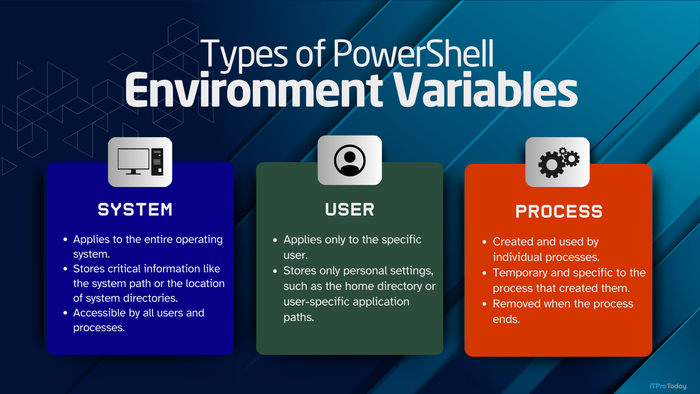Enterprises Will Add Collaboration Tools, NetScout Survey FindsEnterprises Will Add Collaboration Tools, NetScout Survey Finds
IT decision-makers’ natural inclination to reduce complexity is colliding with the reality of how hybrid work is playing out today.

When NetScout surveyed IT decision-makers over a year ago, 86% of respondents expected the number of collaboration tools their enterprise uses to decrease. But when the network management vendor ran the survey again in November 2022, the majority consensus had flipped: 75% of respondents said they anticipate the number of collab tools will grow within their enterprises.
That’s “a pendulum swing that probably gave people whiplash,” said Eileen Haggerty, area VP, product and solutions marketing at Netscout. So what’s behind the change?
Haggerty believes IT decision-makers’ natural inclination to reduce complexity is colliding with the reality of how hybrid work is playing out today. “There's an acquiescence, I think,” she said. “They have to say: I get it. If your customer says he wants a meeting on a platform that's not our standard, we're going to let you do it. We're not going to prevent you.” So enterprises may have a preferred or default platform, “but then the flip is, we know you're going to use others.”
That perspective probably relates to another startling result: Though 57% of respondents said their enterprise supports one to four collaboration platforms, at the other end of the spectrum, a not-insignificant 16% say their enterprises support 10 or more collaboration platforms.
Specifically, the most commonly-cited reason for adding collaboration platforms—with 89% of respondents—was, “Better features, functions or attributes of new platforms.” Sixty-seven percent said new platforms were added to, “Better support employee collaboration.”
The survey also found collaboration platforms continue to seriously impact enterprise IT help desks, though the burden seems to be easing. A year ago, 42% of respondents said that a majority of their help desk tickets were related to “UC&C issues,” a figure that fell to 29% in the latest survey. Haggerty attributed this decline to the return to office (RTO). “Many of these users are now at least part time, if not full time, in offices where [the enterprise] can control the user experience through the corporate network,” she said. In addition, “it's possible some of the home users have learned to fix their own problems.”
Read more about:
No JitterAbout the Authors
You May Also Like








.jpg?width=700&auto=webp&quality=80&disable=upscale)
